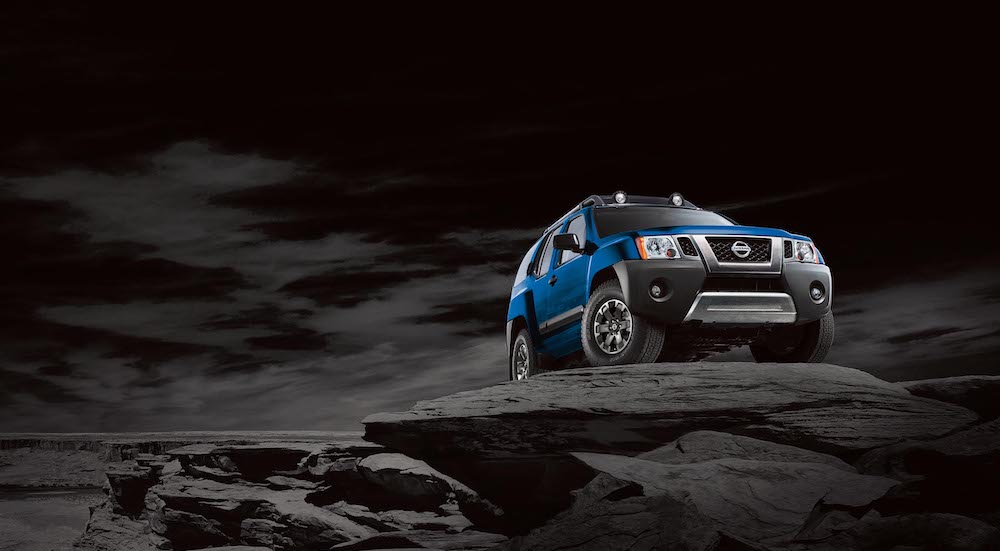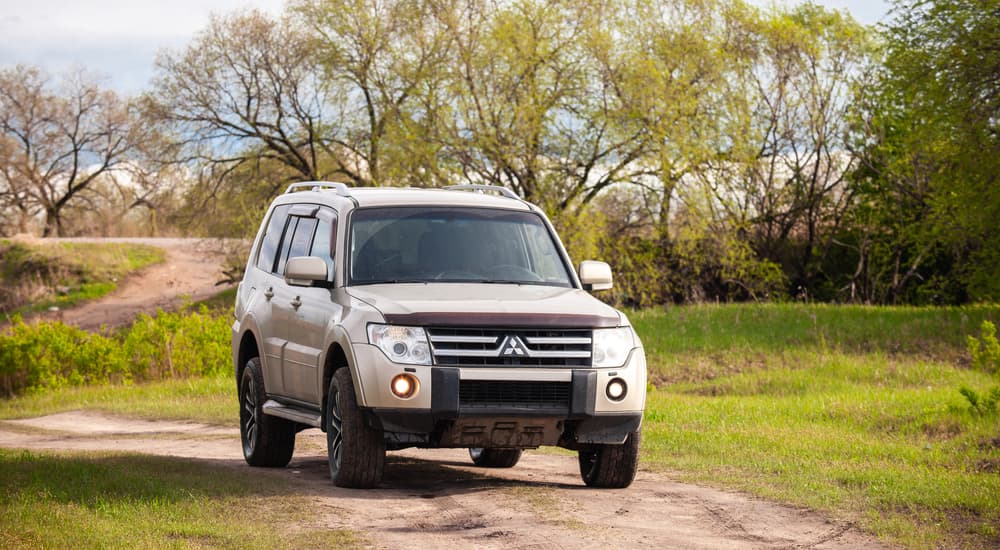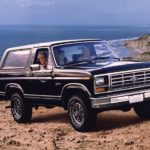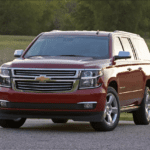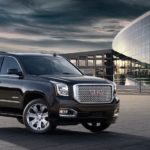No one would argue that there’s a lack of vehicles available on the market these days—someone shopping for a car has no shortage of options. That being said, I think there’s always room for more, particularly when it comes to bringing back something that we once had and would like to see again. As I was recently looking at different used SUVs for sale, I came across a 2013 Nissan Xterra, and it was a blast from the past. I never owned an Xterra, but I remember riding in one that a buddy of mine had, and it was a great ride that deserves the chance to be reinvigorated for a new model.
That got me thinking about a number of different SUVs that all had something to offer but never quite caught on or that couldn’t hold onto drivers as well as some other vehicles. Sometimes, a vehicle just hits at the wrong time or can’t overcome some of the features offered by the competition. Whatever the case, this often leads to a model being discontinued—sometimes that’s fair, but other times, a car company pulls the plug on an SUV before really giving it the chance it deserves. If the Wagoneer and Bronco can make a comeback, then why can’t some other models? Let’s take a look at five SUVs that I’d bring back with a fresh design and a new lease on life if I were in charge of the auto industry.
The Nissan Xterra
We might as well start with the vehicle that inspired this whole thing, right? Kicking off the turn of the century (and millennium), the Nissan Xterra first hit the road for the 2000 model year and made an immediate splash. For its inaugural generation, much of the Xterra’s design and engineering was based on the Nissan Frontier midsize truck; even though this was a compact SUV, the truck-like inspiration behind it was undeniable. This allowed for bold performance and great off-road potential, particularly with a four-wheel drive (4×4) model.
After a facelift for 2002, the XTerra received a proper second generation for the 2005 model year, followed by another facelift for 2009. Looking at that timeline, Nissan supported it quite well initially, with just a few years between major updates. That fell apart near the end, however, and the second-generation XTerran ran from 2009 through its final 2015 model year without any significant redesigns or refreshes. Sales had been on the decline, and Nissan didn’t want to give the Xterra the updates it deserved, but I’d love to see it come back as an electrified off-road SUV.
The GMC Typhoon
Here we have an SUV that didn’t really fail; it simply never had a chance, at least when it came to gaining any kind of mass-market appeal. Introduced back in 1992, the GMC Typhoon was available for precisely two model years before it got the axe. That’s noticeably shorter than any of the other models we’re looking at today, but for some of us, it managed to make a powerful impression in such a short time.
The Typhoon was essentially a performance-focused midsize SUV, which means it was probably ahead of its time back in the early 1990s. It featured a 4.3L V6 engine that put out 280 hp and 360 lb-ft of torque, which is good even by today’s standards. With GMC bringing back the Hummer as an all-electric SUV, I’d love to see the Typhoon make a comeback as a smaller, performance-focused option.
The Dodge Ramcharger
Okay, so yeah, that name won’t work for the modern Dodge lineup since Ram is its own thing nowadays, but I think we can work with it. Besides, what I’m more interested in is the concept behind it—the spirit of this SUV. The Dodge Ramcharger was introduced in the mid-1970s as a full-size SUV with engineering based on the Dodge D Series of trucks available at that time. Although it was available with rear-wheel drive, 4×4 models were the most popular option, and with truck-based design, I can see why.
Dodge discontinued the Ramcharger after 1993, but it remained available in Mexico (where it was quite popular) for several more years, eventually discontinued there in 1996. Then, a few years later, it was available again (only in Mexico) until 2001, when it was discontinued once more. You could easily argue that in the modern, Stellantis-owned version of Dodge, there’s not really a place for something like the Ramcharger. Of course, you could also argue that since Ram handles trucks, there’s no need for a Jeep truck, right? Well, we have the Jeep Gladiator, so why not a Dodge SUV focused on powerful performance and surprising off-road capability?
The Toyota FJ Cruiser
If you want to take a Toyota off-road these days, your best bets are a good Tacoma or Tundra, though the right 4Runner setup can work well. There was a time, however, when the Toyota FJ Cruiser was a favorite for many drivers, including those looking to hit the trail. First released for 2006, the FJ Cruiser was hailed for having a bold and aggressive style—it had suicide doors, for crying out loud—and for its impressive off-road capability. Its suspension was particularly well received by outdoor enthusiasts, and a large following of fans popped up quickly.
Initial sales for the FJ Cruiser were substantial, but after the first couple of years, they began to trend downward, and by 2009, they were a fraction of what they had initially been. Sales numbers remained pretty steady after this, but they never recovered, and ultimately, its popularity was simply not significant enough to sustain it. 2014 was the final model year for this beast in the US, though it was only recently discontinued in the Middle East. Since it’s been about a decade, I think it’s time for the FJ Cruiser to make a comeback and bring something new and exciting to Toyota’s lineup.
The Mitsubishi Montero
This is another one that was discontinued here in the US quite a while ago but lived on in other markets—though it’s also been canceled worldwide at this point. Known as the “Pajero” in Japan and some other parts of the world, this full-size SUV was called the Montero here in the US (for translation reasons I won’t get into). But I do want to mention that its name was inspired by the Leopardus pajeros, the scientific name for a Pampas cat—if we do get the Montero to ever make a comeback, we need a Pampas Cat Edition; that’s a hill I’ll die on.
Anyways, the Mitsubishi Montero had impressive performance and pretty decent off-road capability, two things that would help it stand out in the industry today. Up until recently, this model was still available in some markets, but its run ended here in the US back in 2006. Mitsubishi’s lineup in the US is fine but not necessarily exciting—a revamped Montero with a focus on either exhilarating performance or off-road adventure would help shake things up. They could even make it electric; either way, I want a Pampas Cat Edition. That’s nonnegotiable.
Is There Hope for These Models?
Honestly, I wouldn’t be surprised to see some of these models—or at least their names—make a return in the years ahead. With a shift to electrified engineering, brands are looking for ways to still connect with drivers who are uncertain about such a major change. There’s comfort in older model names that you still recognize, even if they drive entirely differently than they ever did before (Exhibit A: GMC Hummer EV). I could easily see the XTerra making a return in some form, and GMC would get a lot of attention with an all-new Typhoon, though I imagine they’ll let some of that Hummer excitement die down first. I doubt we’ll ever see another Ramcharger or a Pampas Cat Edition of any vehicle, but I’ll hold out hope just in case.
